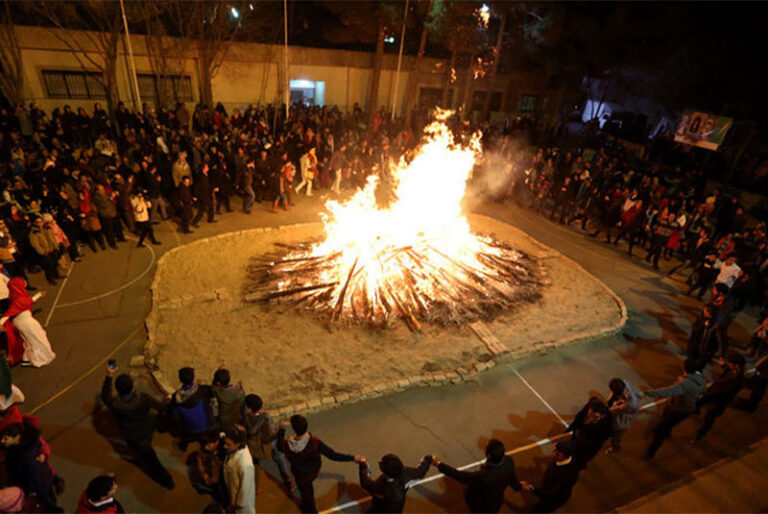Angelina Paxton had been friends with Tyre Nichols for more than half her life.
As teens, she said, they spent their days at the skate park, and their afternoons watching the California sunset while talking on the hood of a car.
And that’s exactly how they spent a final afternoon together, in 2020, when Ms Paxton visited Mr Nichols in Memphis.
Three years later, after footage of officers brutally beating Tyre Nichols was made public, Ms Paxton said she refuses to replace those happy memories with images of the attack that allegedly led to his death.
“I have done everything I can to avoid any exposure (to the video),” she said. “The last images in my head are not going to be that.”
Police and state officials have said that they chose to release nearly an hour of footage of the violent arrest in order to be transparent, but many Americans are still trying to make sense of what it shows.
Those closest to Mr Nichols, like Ms Paxton and his mother, RowVaughn Wells, have said just hearing about the brutality of the attack was enough.
And among the wider black community here in Memphis, a clear divide has emerged between those who have seen the video and those who can’t bring themselves to watch.
And while people, no matter their race, will struggle with the violence depicted, experts and psychologists warn these images can be especially traumatic for people of colour. They urge caution when deciding whether to watch the foot.
“Because of the history associated with violence to black and brown bodies, when we watch a video like this, in a sense, we’re not only watching that video but we’re revisiting the history of violence to black and brown bodies in this country,” said Dr Alex Pieterse, a professor and clinical psychologist whose research focuses on race-based trauma.
“I would never say to someone, ‘don’t watch it’. But for me, it’s a healthier choice not to.”













